It prolongs the Roman road denominated the Vía de la Plata, which joined Emerita Augusta (Mérida) and Asturica Augusta (Astorga). The road was built at the beginning of the Christian era using more ancient roadways. It enters Galicia through A Mezquita and is the longest Galician St. James Way. The term “Vía de la Plata” (The Silver Way) does not have to do with the exploitation or commercialisation of this precious metal, but comes from the Arabic word Bal’latta, which is the word the Muslims used to designate this wide, paved public highway with its solid layout leading to the Christian north. However, this road was used for the trade in American silver which arrived at the docks in Seville.
Almanzor advanced along this route with his infantry in order to attack Santiago in August 997. Apparently the bells of the Cathedral, which he had taken on that occasion, were brought back by this route, centuries later after the conquest of Córdoba by the Christians in 1236. Some other ways from Portugal historically entered the province of Ourense, finally joining the ones described here.
After Seville and Córdoba were retaken from the Arabs in the second half of the XIII century, this itinerary began to be used by the pilgrims from Andalucía and Extremadura. Some went by Astorga and linked up with the French Way, others took the Puebla de Sanabria-A Gudiña diversion and then went through Laza or Verín to Ourense and Santiago. A third possibility for the pilgrims, was to travel through the north-east of Portugal to Verín.
Among the most famous pilgrims of the Vía de la Plata were Gonzalo Fernández de Córdoba, the Gran Capitán, who went to Santiago in order to fulfil a promise, and Santo Toribio de Mongrovejo, a graduate in Law by the University of Santiago in 1568, the future Archbishop of Lima canonised in 1726.
The Vía de la Plata passes through an exceptional natural and ethnographic heritage of Galicia: the vast richness of the province of Ourense, the region of Deza and the course of the River Ulla appear before the pilgrim in all their beauty.
Finally, from Portugal, several interior ways to Santiago entered the province of Ourense, such as the one from Chaves to Verín through Feces de Abaixo.
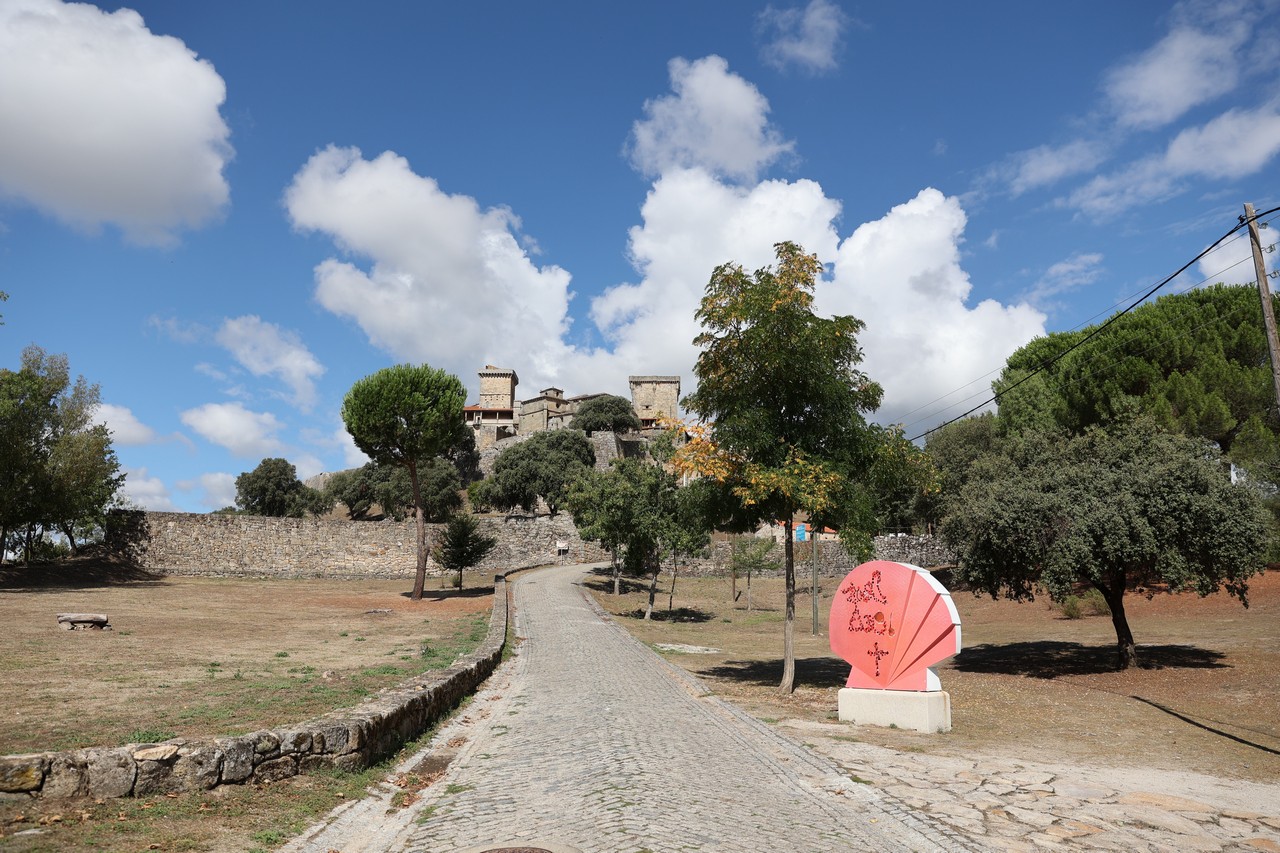

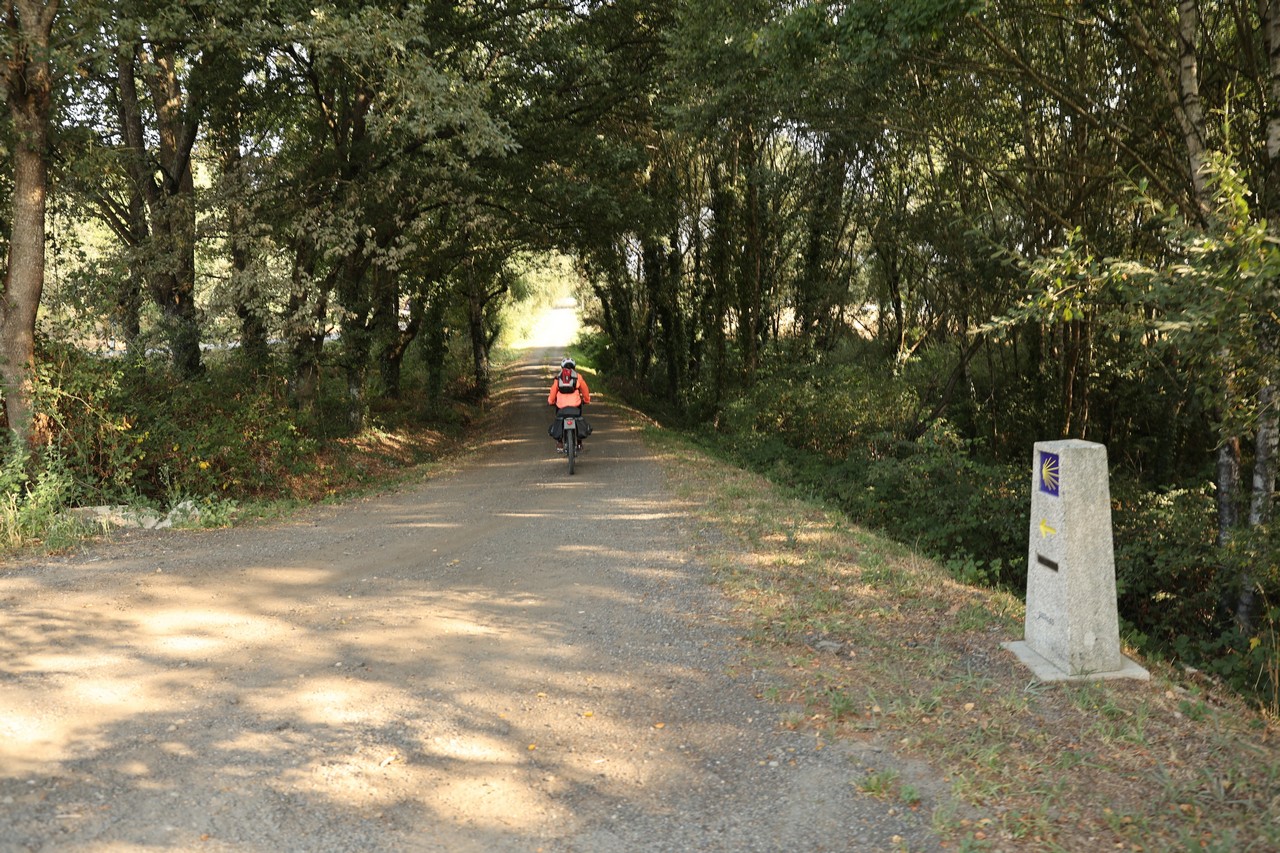
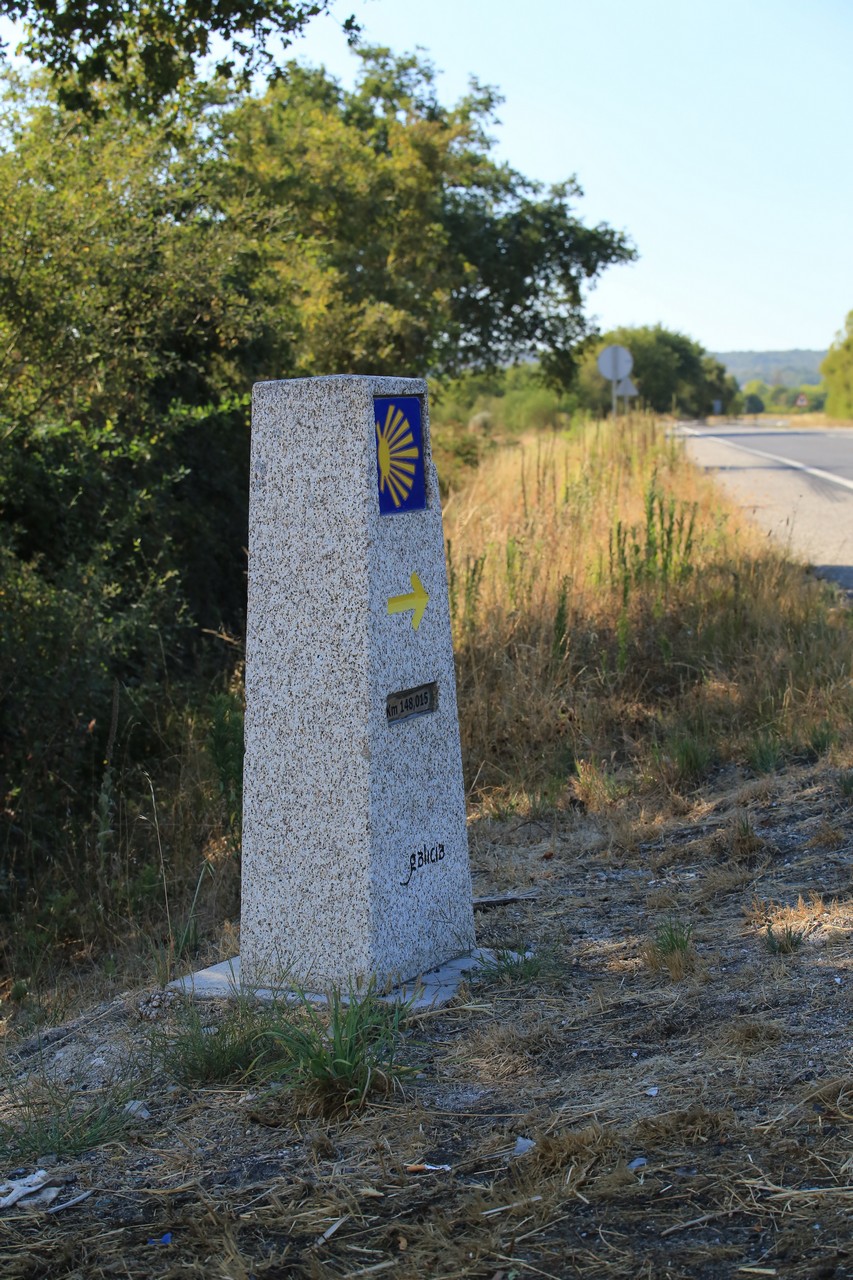
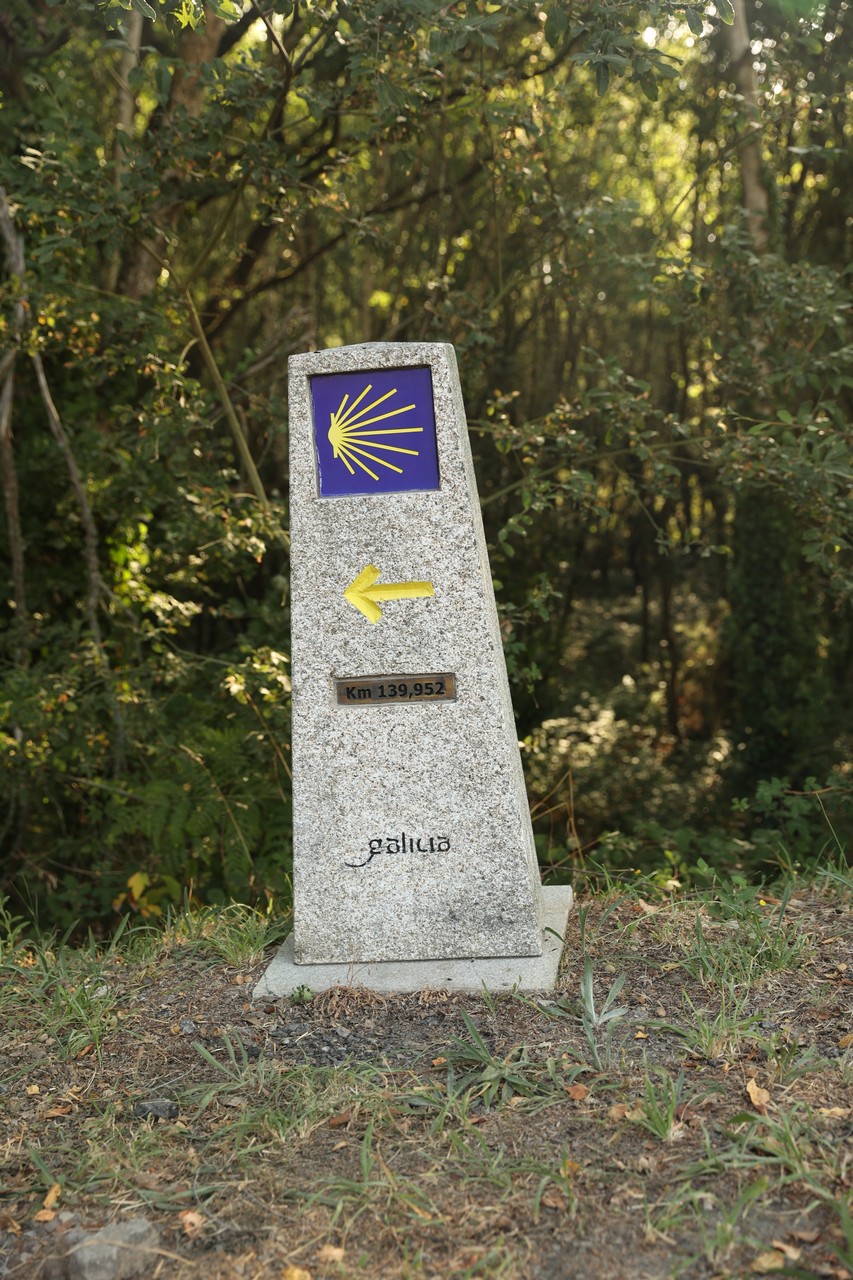


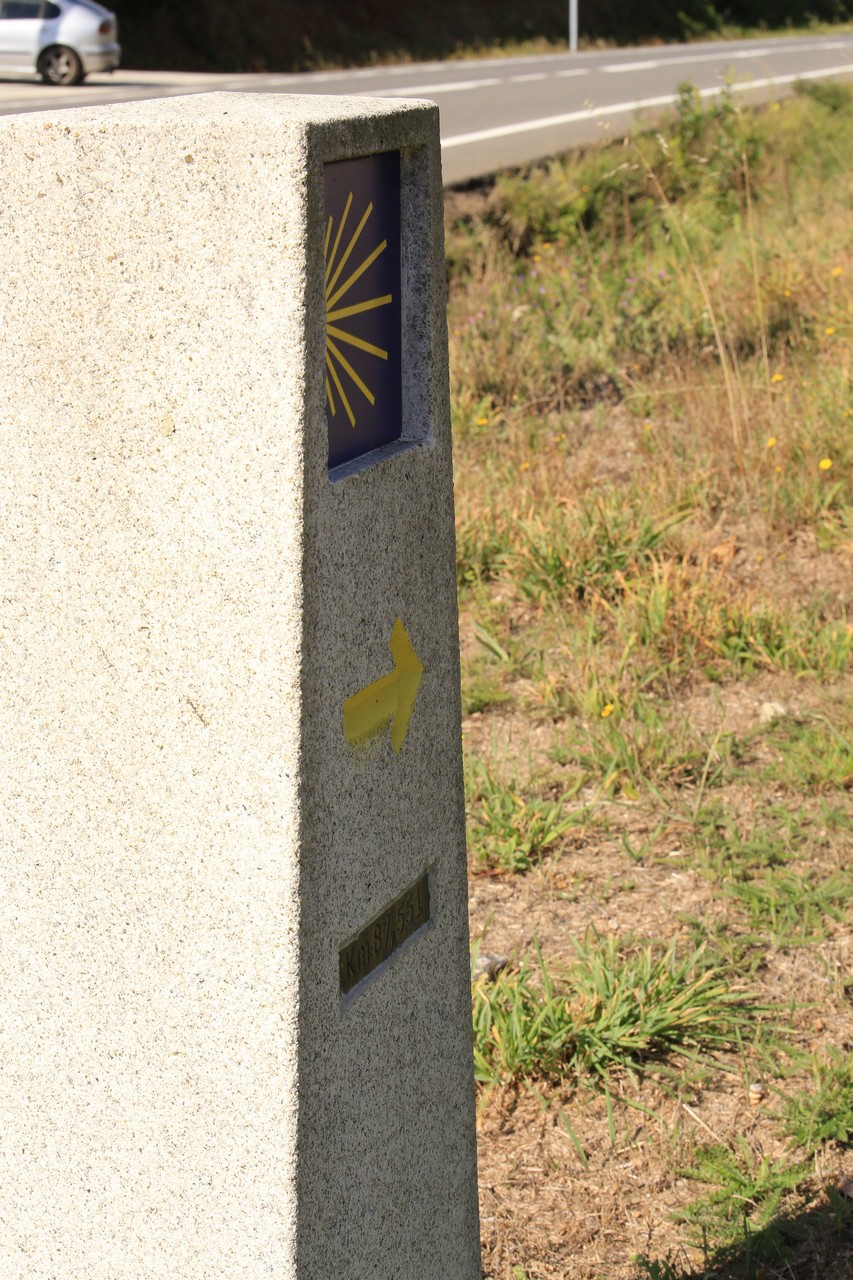
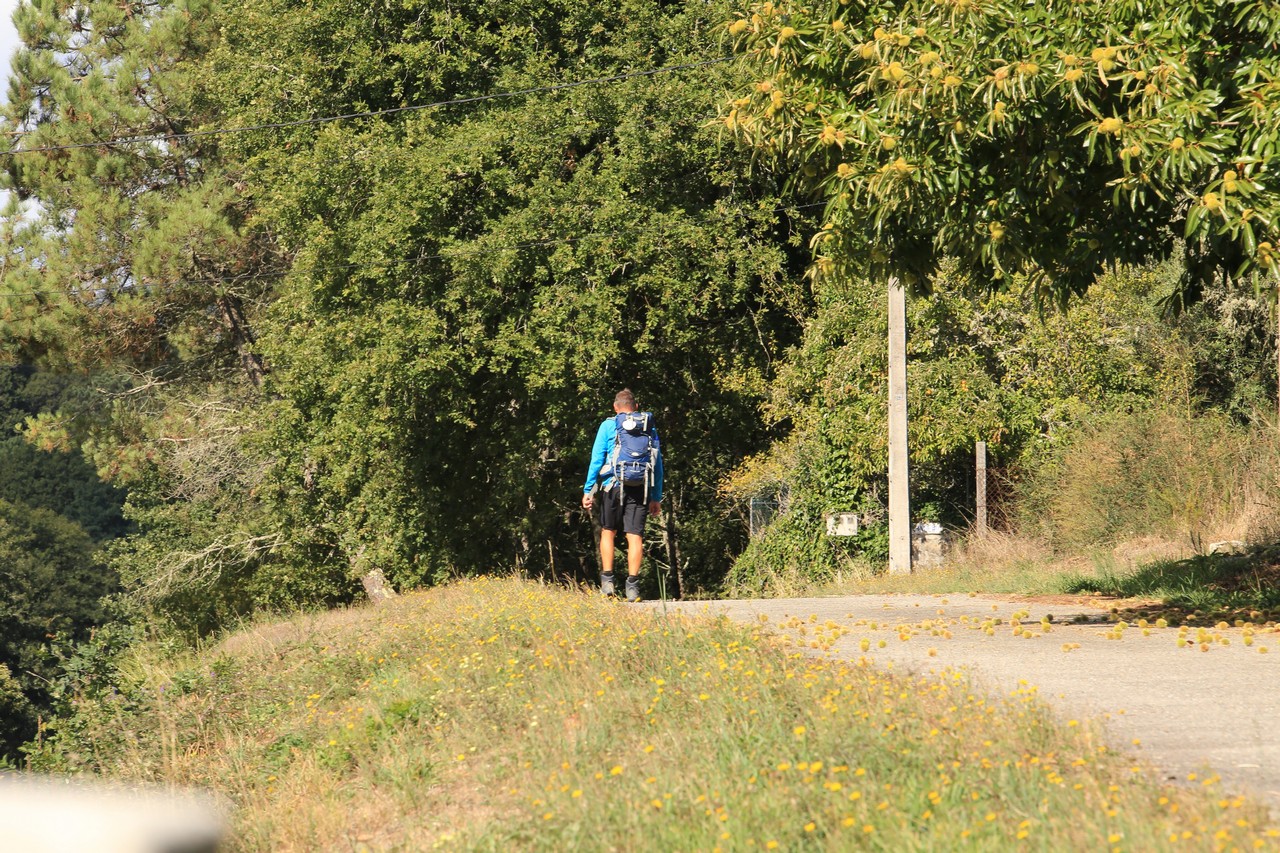
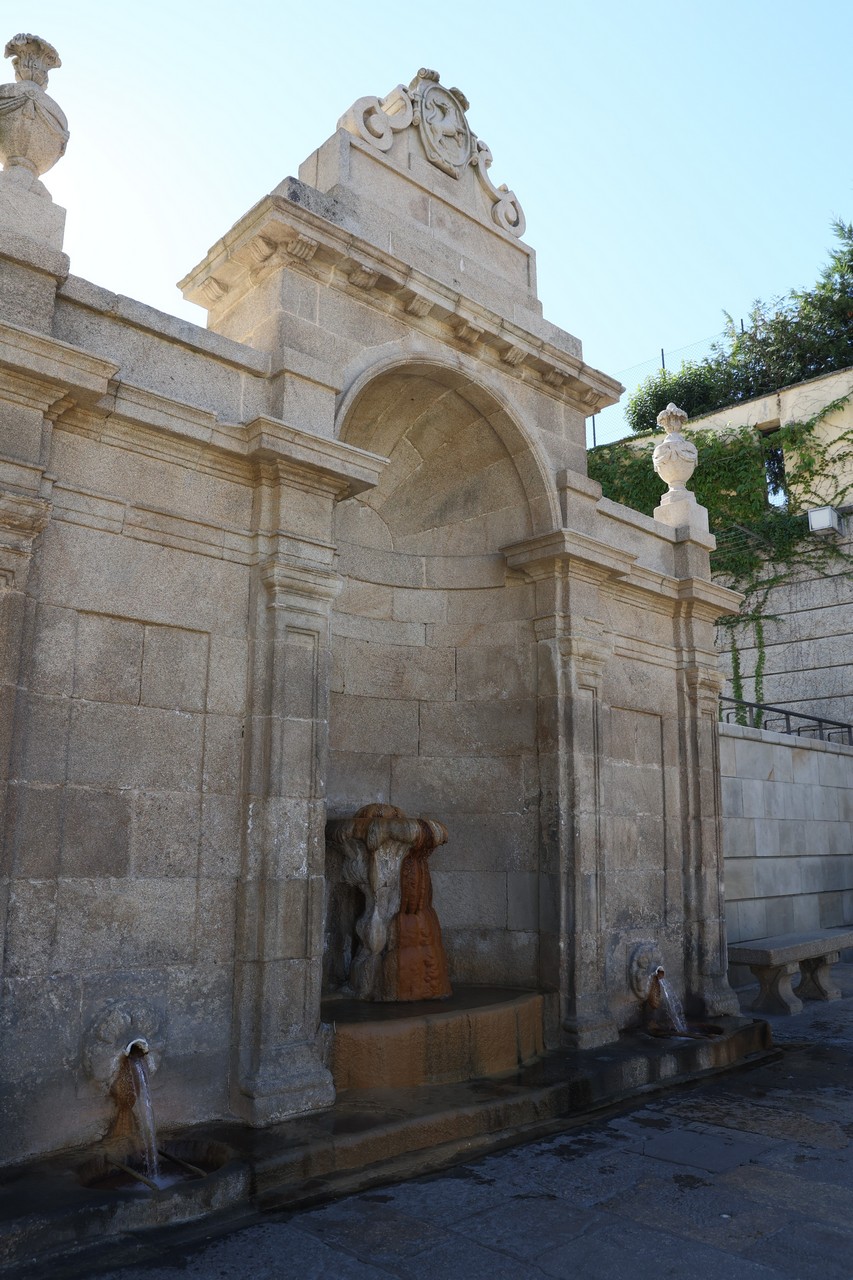
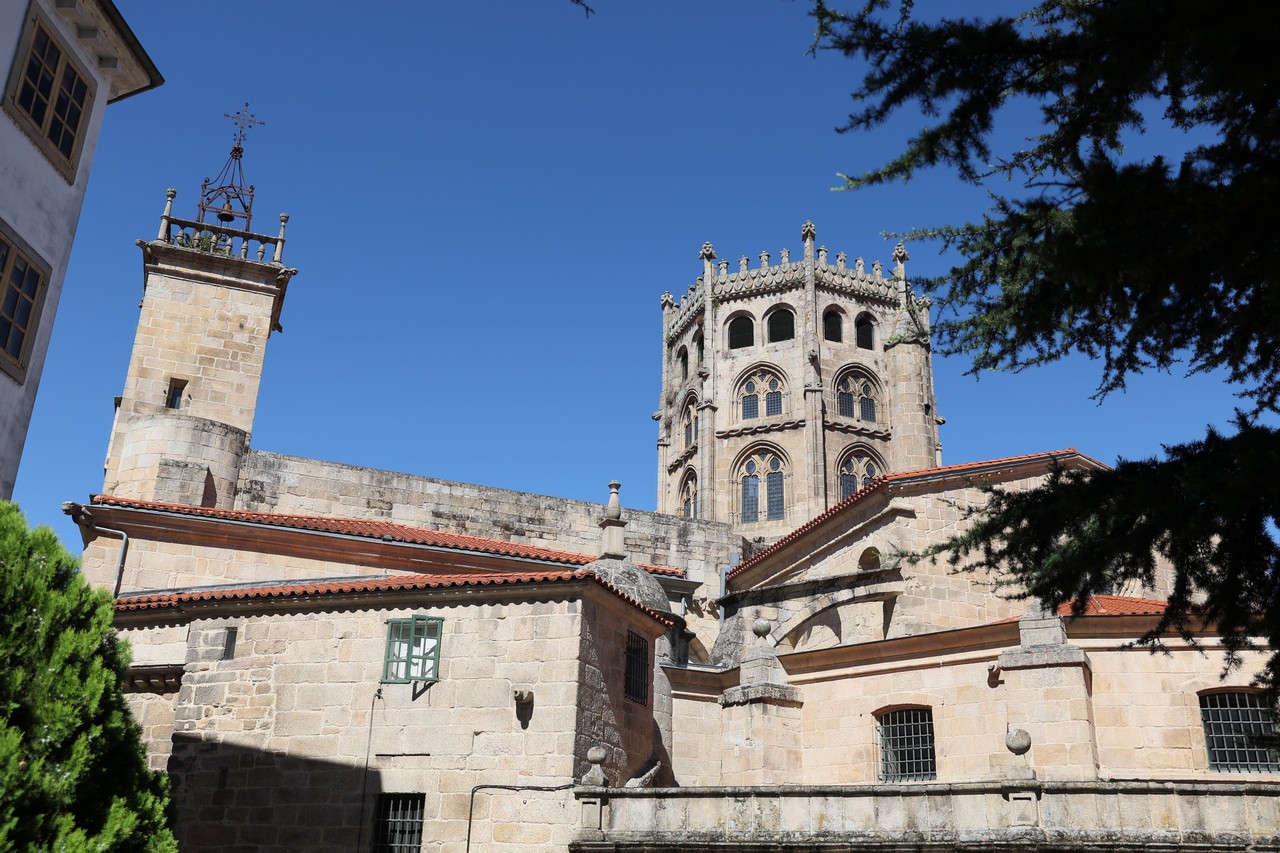
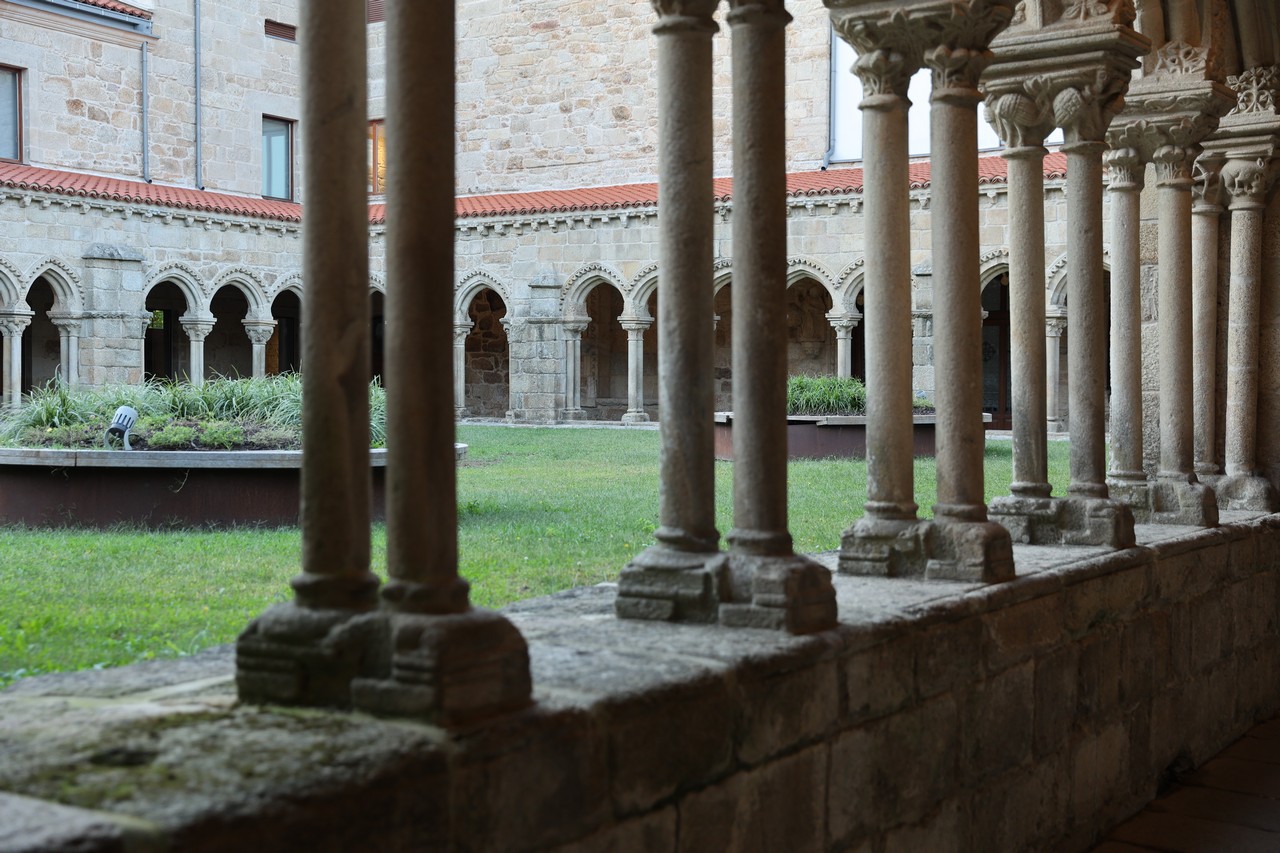
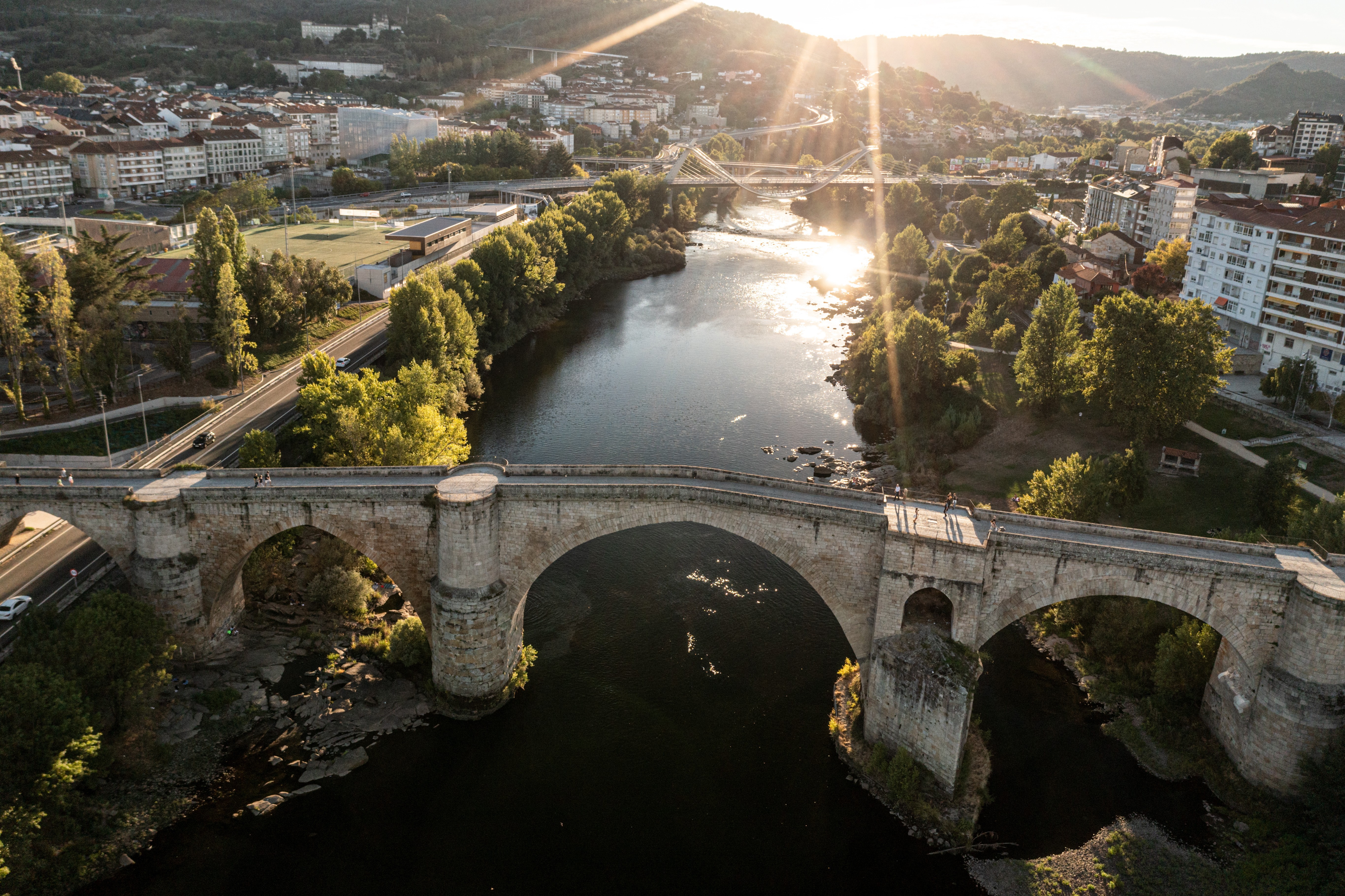


* The comments made without logging in will be pending approval prior to publication.